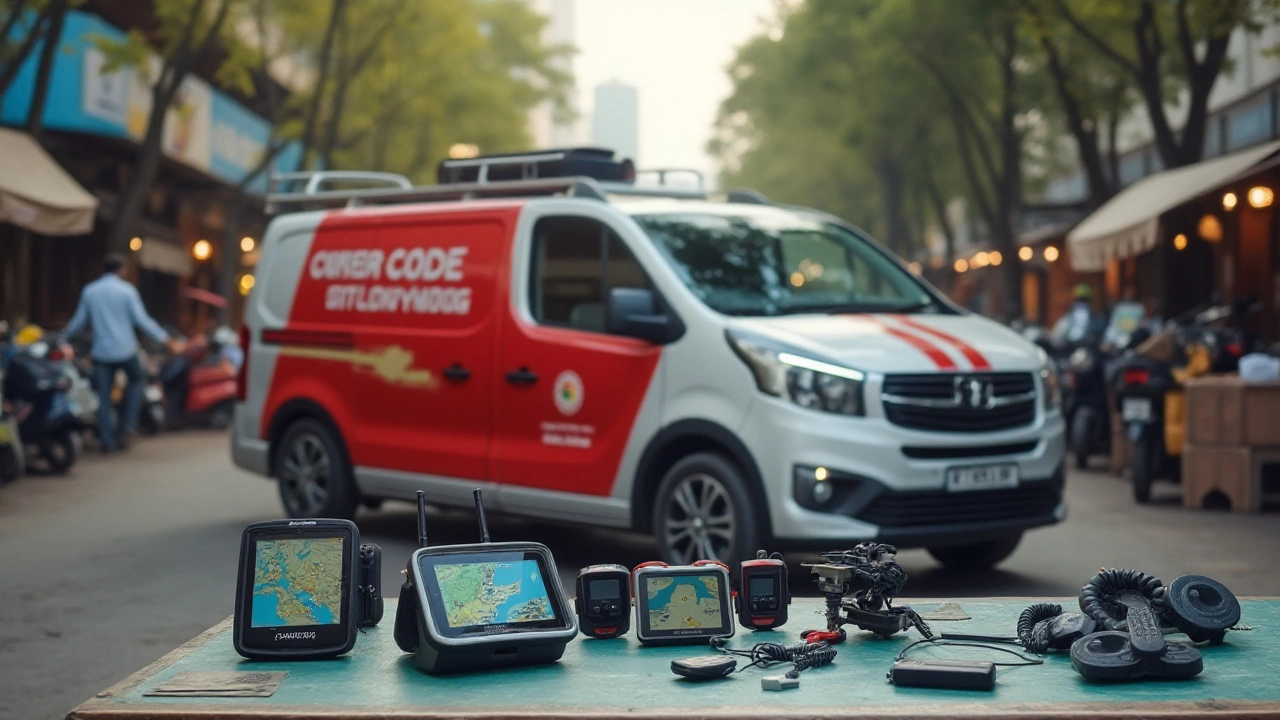Delivery Business Tools: Boost Your Logistics Game
If you run a delivery service, you know that every minute counts. A good tool can turn a chaotic day into a smooth one, saving you time and money. Below you’ll find the most practical apps and software that real‑world couriers swear by.
Core Tools Every Delivery Business Needs
Route planning and optimization. Apps like Circuit, Routific or Google Maps with custom routes let you plot the fastest path for each driver. They consider traffic, distance, and delivery windows, so you avoid wasted miles and fuel.
Order management platforms. A single dashboard that collects orders from your website, phone calls, and third‑party marketplaces keeps everything in one place. Tools such as ShipStation, Orderhive or Zoho Inventory let you assign jobs, track status, and generate invoices with a click.
Real‑time tracking. Give customers a live map link and give drivers a GPS‑enabled app that reports location every few minutes. Solutions like Track-POD or Onfleet cut down on “where is my package?” calls and boost trust.
Proof of delivery (POD) and digital signatures. Instead of paper, use mobile apps that capture a customer’s signature, photo, or barcode scan. This proves the drop was completed and reduces disputes.
Payment collection. Mobile POS apps (Square, Razorpay or Paytm) let drivers accept cash, cards, or digital wallets right at the door. Instant settlement means less cash‑on‑hand risk.
Choosing the Right Software for Your Operations
Start by listing the pain points that keep you up at night. Is it missed deliveries, high fuel costs, or invoicing errors? Match each problem to a tool that solves it. For a small startup, a free tier of a route planner plus a basic order manager may be enough. As you grow, look for platforms that integrate with your accounting software and support multiple users.
Don’t forget to test the user experience. Your drivers should be able to open the app, see their tasks, and mark them complete without extra clicks. A clunky interface wastes time more than any traffic jam.
Pricing matters, too. Many tools charge per driver per month, while others use a flat fee based on shipments. Calculate the average cost per delivery and compare it to the savings you expect from faster routes or fewer disputes.
Finally, check the support options. A responsive help desk can prevent a small glitch from turning into a day‑long outage.
Putting the right delivery business tools in place transforms a hectic operation into a predictable, profitable one. Pick the apps that fit your size, train your team well, and watch efficiency climb.
